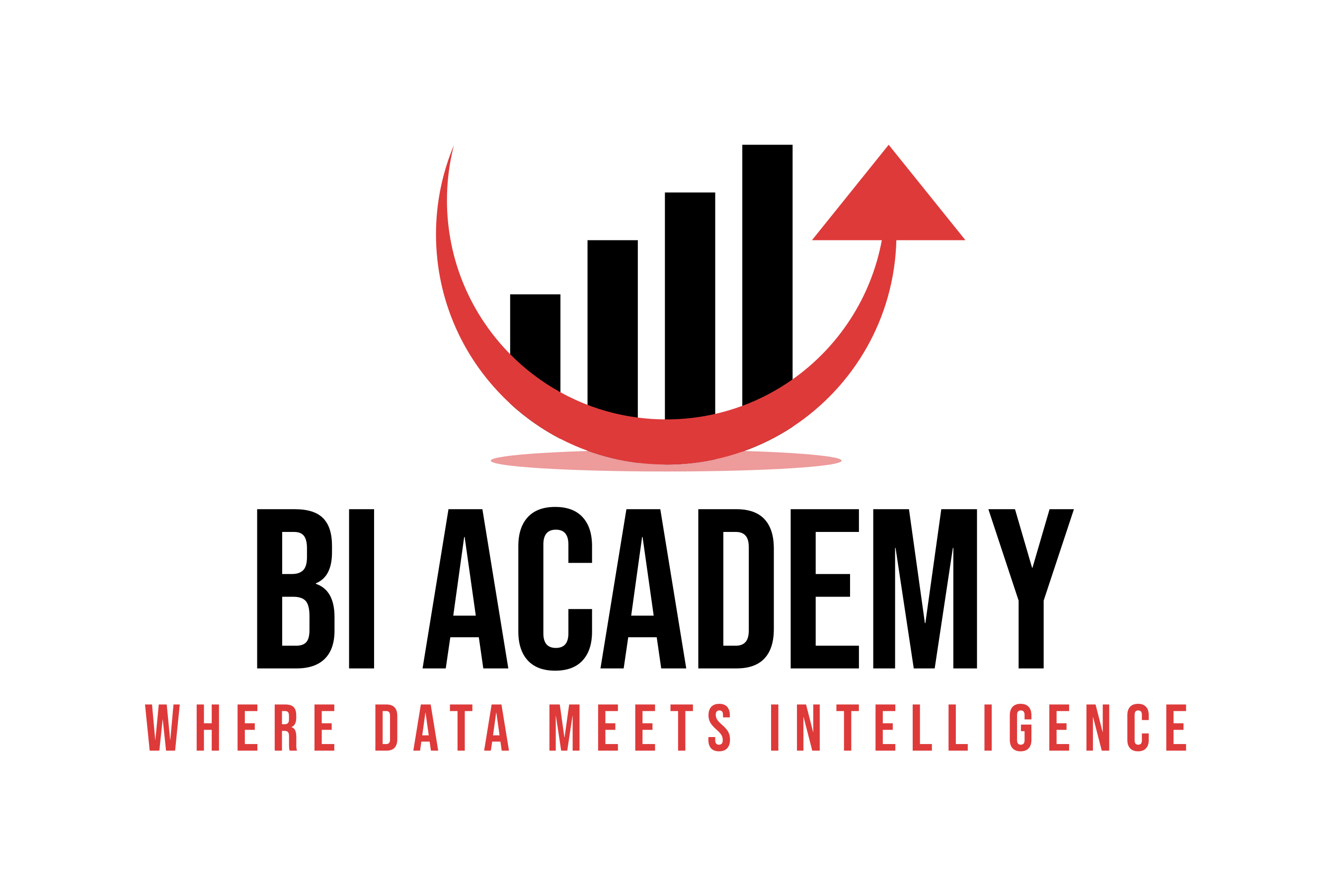In today’s data-driven world, business intelligence (BI) projects have become essential for organizations seeking to leverage data to inform strategic decision-making. Successful BI projects require a blend of technical and business expertise, with several key roles contributing to the process. Whether you’re just starting out or are a seasoned professional looking to understand the landscape, this article will walk you through the key roles in a BI project—from data analysts to BI architects—and explain how they work together to deliver actionable insights.
1. Business Intelligence Analyst (BI Analyst)
At the heart of any BI project is the Business Intelligence Analyst. This individual is responsible for gathering business requirements and transforming data into meaningful insights that decision-makers can use. BI analysts serve as the bridge between the business side and the technical teams, interpreting what stakeholders need and ensuring the data delivers answers to those questions.
Key Responsibilities:
- Translating business needs into technical requirements.
- Designing reports, dashboards, and data visualizations.
- Identifying trends and patterns in data.
- Presenting insights in a manner that is easy to understand.
BI analysts work closely with data engineers and other technical roles to ensure that the data pipelines are aligned with business goals. Strong analytical and communication skills are essential for success in this role.
2. Data Engineer
Data Engineers are the architects of data pipelines. They are responsible for collecting, cleaning, and structuring raw data from various sources so it can be used by BI analysts and other stakeholders. Data engineers ensure that data flows smoothly from source systems to BI tools, providing the foundational layer for the entire BI project.
Key Responsibilities:
- Building and maintaining data pipelines.
- Ensuring data quality and integrity.
- Managing data storage solutions (e.g., data lakes, warehouses).
- Integrating various data sources, whether internal or external.
Data engineers work behind the scenes to make sure the data infrastructure is robust, scalable, and efficient. They also collaborate with data architects to design the optimal structure for data storage.
3. Data Scientist
While not always part of every BI project, Data Scientists play a critical role when advanced analytics or predictive modeling is required. Data scientists use complex algorithms, machine learning, and statistical methods to generate deeper insights from data, offering forecasts and models that go beyond simple historical analysis.
Key Responsibilities:
- Developing predictive models and algorithms.
- Analyzing complex datasets to discover actionable insights.
- Applying machine learning techniques to solve business problems.
- Communicating results to stakeholders in clear, actionable terms.
Though data scientists often work in tandem with BI analysts, their focus is on creating models that can predict future trends rather than solely analyzing past data.
4. BI Developer
The BI Developer is the technical expert who designs, builds, and maintains the business intelligence solutions used to analyze data. This role typically involves developing reports, dashboards, and custom BI applications, utilizing tools like Tableau, Power BI, or MicroStrategy to deliver insights to users.
Key Responsibilities:
- Designing and building BI solutions (reports, dashboards, etc.).
- Optimizing data visualization tools and reporting systems.
- Ensuring BI tools are aligned with business goals and are user-friendly.
- Collaborating with data engineers and BI analysts to refine data models.
BI developers are skilled in both the technical and visual aspects of BI, ensuring that the data not only provides accurate insights but also is presented in a clear and engaging way.
5. BI Architect
The BI Architect plays a strategic role in the design and implementation of the entire BI system. They focus on defining the overall data strategy and infrastructure, ensuring that the BI platform can scale with the organization’s needs. BI architects collaborate closely with data engineers and developers to design a system that meets both technical requirements and business objectives.
Key Responsibilities:
- Designing the overall architecture of the BI system.
- Ensuring data scalability, security, and performance.
- Selecting and integrating BI tools with existing systems.
- Overseeing the implementation of data warehouses and data marts.
BI architects are crucial in ensuring that the BI solution is future-proof and capable of adapting to changing data demands. They also set the standards for data governance and quality throughout the organization.
6. Project Manager
The Project Manager ensures that the BI project stays on track, managing timelines, budgets, and resource allocation. This role is critical for coordinating the efforts of various teams—both business and technical—to deliver the BI project on time and within scope.
Key Responsibilities:
- Defining the project scope and objectives.
- Managing timelines and milestones.
- Coordinating between business stakeholders and technical teams.
- Overseeing risk management and issue resolution.
In agile BI projects, the project manager may take on the role of Scrum Master, facilitating agile ceremonies and ensuring continuous delivery of value through iterative development.
7. Database Administrator (DBA)
The Database Administrator (DBA) is responsible for maintaining and optimizing the databases that underpin the entire BI infrastructure. DBAs ensure that the data is stored securely, efficiently, and is easily accessible to the other roles involved in the BI project. They also manage database performance, backup, and recovery procedures to safeguard business data.
Key Responsibilities:
- Managing the installation, configuration, and maintenance of databases.
- Optimizing database performance to ensure fast query response times.
- Implementing data security protocols, including access controls.
- Ensuring database backup, recovery, and disaster recovery plans are in place.
- Collaborating with data engineers and BI architects to ensure seamless data flow.
DBAs work closely with data engineers and BI architects to ensure that the database environment is optimized for BI queries. Their role is particularly critical in large-scale BI projects, where the performance of queries and data availability can significantly impact the speed and quality of business insights.
Collaboration: The Key to Success
While each of these roles has its own distinct responsibilities, successful BI projects rely on close collaboration between all team members. BI analysts, data engineers, and developers must work in sync to ensure that business requirements are clearly understood and translated into actionable data insights. At the same time, data scientists and BI architects must ensure that the technical infrastructure supports both current and future data needs.
Regular communication between these roles is vital for the continuous alignment of business goals with data capabilities. Agile methodologies can further enhance this collaboration, with iterative development and regular feedback loops helping to fine-tune the BI solution in real-time.
Conclusion
The success of a business intelligence project hinges on the contributions of various specialized roles, each bringing their own expertise to the table. From understanding business requirements to building the technical infrastructure, every role—from data analyst to BI architect—plays a crucial part in transforming raw data into actionable insights. By fostering strong collaboration across these roles, organizations can maximize the value of their BI initiatives and drive data-informed decision-making.
By understanding these roles, both business leaders and technical teams can better navigate the complexities of BI projects, ensuring the delivery of impactful and timely insights that fuel growth and innovation.

